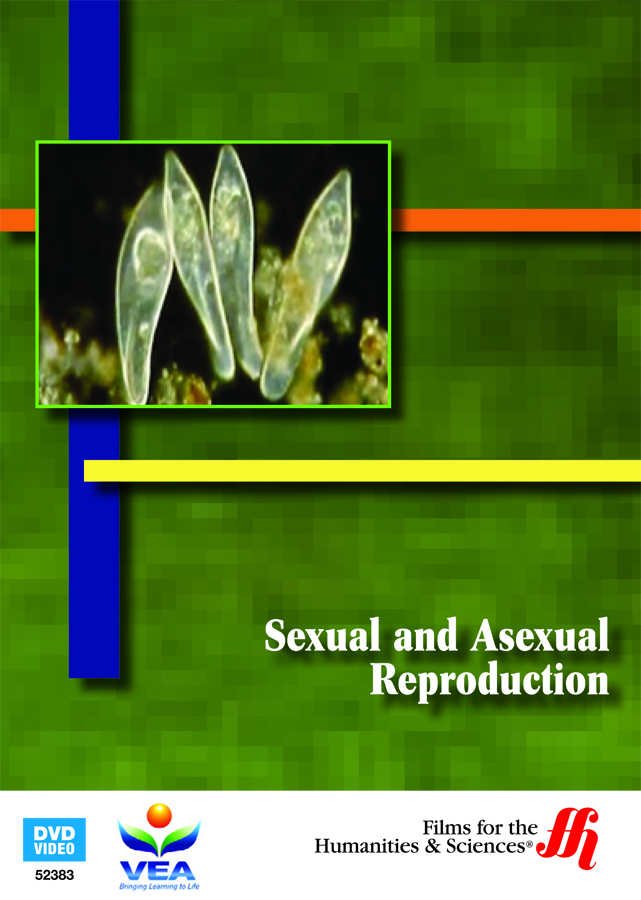Sexual and Asexual Reproduction (Enhanced DVD)
Product Description:
Out of the billions of species on planet Earth, there is a small fraction that does not need the stimulus of male/female attraction in order to make copies of itself. This enhanced DVD explores the differences between sexual reproduction and asexual reproduction.
Some of the oldest organisms on earth replicate themselves asexually, such as the ancient sequoia trees found in California, which are over five-thousand years old. With asexual reproduction, a single cell of the parent creates the circumstances that make an offspring that is an exact copy of itself. With sexual reproduction, the two different parents of the male gender and the female gender mix their genetic information to produce offspring in a process called fertilization. Then the baby comes, which contains a mixture of the genetic code of the parents.
Asexual reproduction, when compared to sexual replication, comes from species where the need for a gender attraction is non-existent. The entity that can reproduce asexually simply makes a copy of itself. The consequences of these two disparate pathways towards reproduction are compared and contrasted in this enhanced DVD.
The better way to reproduce is not necessarily certain. Perfect copies produced by asexual reproduction, avoid any genetic mutations. Nevertheless, there is great value in genetic diversity through the mixing of genetic code achieved by sexual reproduction. The sexual dance of the male and female in species that use sexual reproduction is an important part of natural biodiversity, which is matched by the challenge of asexual replication of other species.
Sexual and Asexual Reproduction
- Enhanced DVD
- ISBN: 978-1-61753-741-7
- Run Time: 16 Minutes
- Copyright Date: 2012
- CC
- Includes public performance rights


















